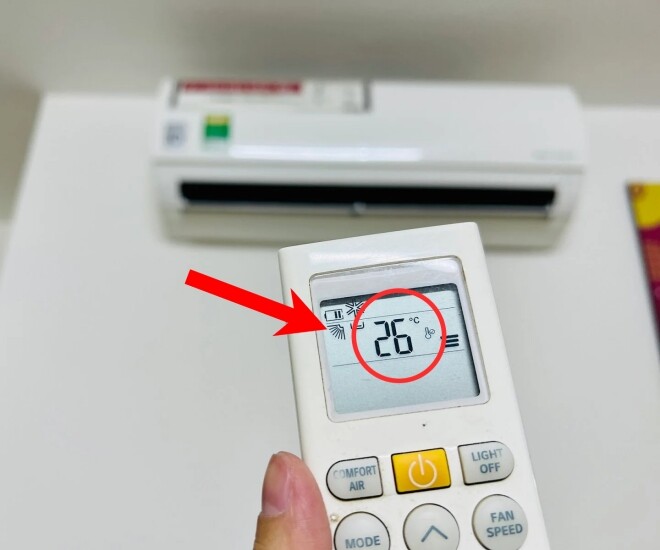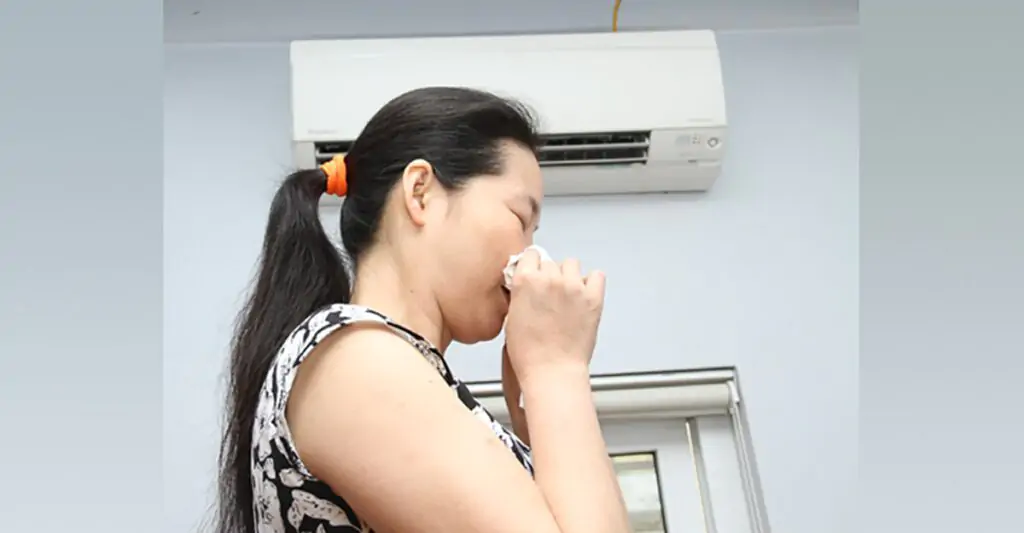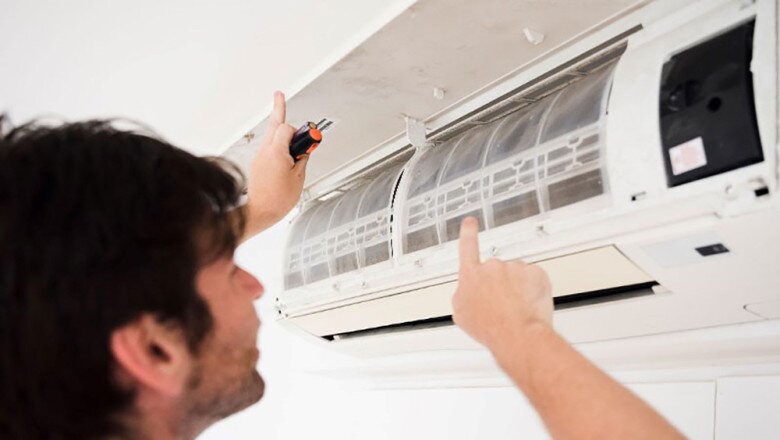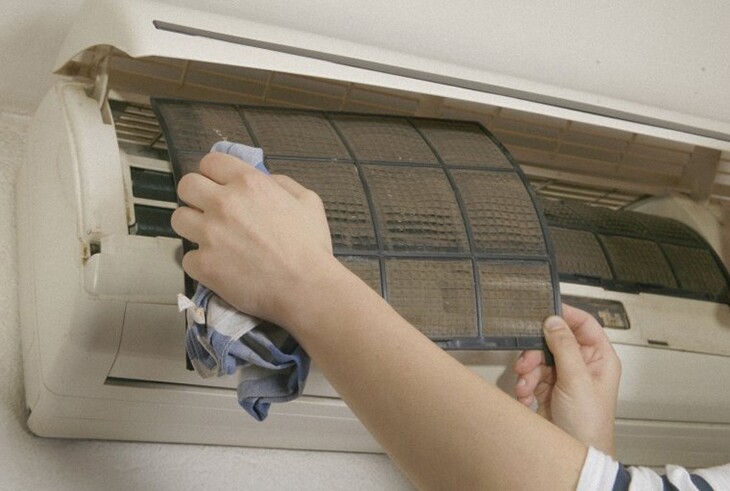There have been reports from social media users that air conditioners emit an unpleasant odor, particularly when set to 26°C. They describe the smell as akin to “stinky socks.” But is there any truth to this claim, and why does it seem to occur specifically at this temperature setting?

Does setting the air conditioner to 26°C cause an unpleasant odor?
According to a study conducted by refrigeration engineers in Zhengzhou, China, air conditioners can emit strange odors at certain temperature settings, but it is not exclusive to 26°C. In their experiments, the air conditioners were operated at temperatures ranging from 16°C to 23°C for 30 minutes, followed by a switch to fan mode at 25°C to 28°C for 5 to 20 minutes. During these tests, several samples of air conditioners emitted an unpleasant smell.
Interestingly, this odor did not occur when the air conditioners were in heating mode or when transitioning between different temperature settings. So, what could be the reason behind this phenomenon?

The root cause lies in the aluminum coating of the evaporator fins
The researchers identified the probable culprit as aluminum coated with a hydrophilic layer—a common material used for evaporator fins in air conditioners. This thin layer of aluminum, measuring just 0.1mm, undergoes a series of processes, including oil removal, cleaning, and drying. Subsequently, it is coated with an anti-corrosion layer and a hydrophilic layer, followed by high-temperature baking to form the complete coating.
The hydrophilic layer is typically made of acrylic resin, which has a distinct odor. During the manufacturing process, if the coating is not adequately cured, some monomers with a strong odor may remain. When exposed to humid air, this incompletely cured coating can release a sour and unpleasant smell.
In other words, if the coating process is well-executed and the coating is thoroughly dried, the hydrophilic aluminum will not emit any odor. However, insufficient curing can result in the coating absorbing moisture and producing a foul smell.
Although manufacturing processes have improved, this issue could still be a potential cause of strange odors in new air conditioners.

The most common reason: a dirty air conditioner
According to Mr. Duong Hieu Bang, with over a decade of experience as an agent for major air conditioner brands, the unpleasant odor often originates from a lack of regular cleaning and maintenance.
During the cooling process, air conditioners generate condensate. If this water is not drained properly, it can accumulate in the drip tray, providing an ideal environment for bacteria and mold to thrive. Additionally, dust and microorganisms can adhere to the fan, evaporator coils, and air vents, exacerbating the odor problem.
Lower temperatures slow down bacterial growth, so when the air conditioner is set to cooler temperatures like 25°C or 22°C, the odor is usually not noticeable. However, at 26°C—a temperature many consider “just right”—the air conditioner may switch to a natural wind-blowing mode, dispersing the accumulated odor into the room.
In other words, it’s not that there’s something inherently wrong with the 26°C setting, but because many people choose this temperature, it increases the likelihood of experiencing the odor when the air conditioner stops cooling and switches to fan mode.

A dirty air conditioner is a breeding ground for bacteria in your home
Locations like the air filter, air vents, evaporator coils, and drip tray are hotspots for dust and bacterial accumulation. In some cases, black mold, cloudy water, and other signs of neglect can be observed in air conditioners that have not been properly maintained for years.
A striking experiment revealed that a slice of bread without preservatives grew mold after just seven days when placed in front of an uncleaned air conditioner, while the bread remained unchanged when placed in front of a cleaned unit.
Additionally, a study published in the Journal of Modern Preventive Medicine found that residential air conditioners, after months of use without proper cleaning, had bacterial and mold counts exceeding hygiene standards by 1.5 to over 2,800 times the acceptable limit.

How to eliminate the unpleasant odor from your air conditioner?
– Regularly clean and maintain your air conditioner at least 1–2 times a year. Pay special attention to the air filter, fan, evaporator coils, and drip tray.
– Use the dehumidifying mode (Dry Mode) during humid days to reduce the risk of bacterial growth.
– Avoid setting the temperature to 26°C for extended periods if the room is humid and the air conditioner is not regularly cleaned.






























